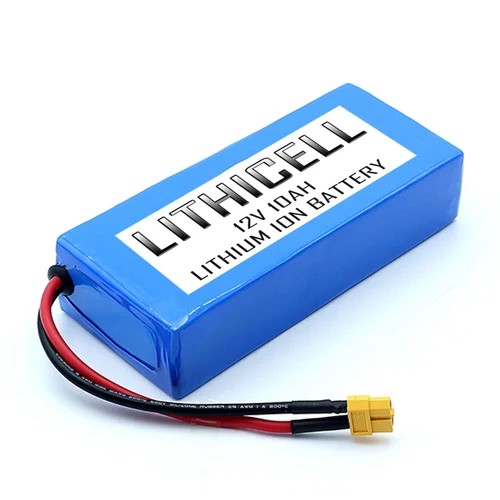
Lithium-Ion Battery Safety
At Archer’s Bikes, your safety is our priority. As a part of our ongoing commitment to ensuring your well-being and satisfaction, we would like to inform you about the best practices for handling your Lithium-ion battery.
Lithium-ion batteries are the heart of your e-bike and require appropriate handling to ensure their safe and efficient operation. Proper charging procedures are particularly critical to minimize any potential risk. These safe practices also apply to lead-acid batteries, nickel-cadmium, and other types of batteries used in e-bikes or other appliances.
Although Archer’s Bikes does not evaluate or endorse the safety of a particular battery or e-bike, a wealth of information supports the safety of high-quality batteries provided by prominent manufacturers. For more information, refer to the DOT or EPA for some of the best sources of lithium-ion battery handling.
Naturally, it would be best to always refer to the manufacturer’s user manual and guidelines for properly operating your e-bike. Every manufacturer is different. Fortunately, many manufacturers participate in recycling programs. For example, Giant Bicycles assesses a fee on every bike sold to cover recycling. Archer’s Bikes is a certified recycling center for this recycling program.

Modern Lithium-ion batteries manufactured by major companies may be U.L. Listed and considered safe and reliable when used correctly and undamaged. U.L. certification is a way for consumers to know that their bikes’ batteries and electrical components are safe to use as designed. This certification helps minimize fire risk and includes reviewing the electrical system, battery, and charger. Other independent laboratories also have programs to evaluate and certify the safety of lithium-ion batteries.
We urge you to consider the following five essential guidelines when charging your Lithium-ion battery:
- Do Not Leave Your Battery Charger Connected Indefinitely. Disconnect the charger promptly once the battery charge is complete.
- Always Use the Charger Provided with Your Battery. Avoid using a charger with a different voltage.
- Never Attempt to Modify Your Battery or Charger. Any alterations can pose serious safety risks.
- Chargers and Batteries may Generate Heat During the Charging Process. Always ensure your battery is not charged near flammable materials or water. Don’t cover the battery, and provide adequate ventilation.
- Refrain From Using Extension Cords or Power Strips When Charging. Always plug your charger directly into a wall outlet.
Our FAQ page, Lithium-Ion Battery Safety, provides more detailed information. We have also published a comprehensive guide on E-Bikes in general, Electric Bike FAQs. Safety should be your first concern, as with any electrical appliance. If you have trouble finding specific user manuals or manufacturer-published data, call us, and we will see if we can track it down for you.
Disclaimer: This document is provided for general information purposes only and should not be relied upon to provide legal advice, technical, or specific operational guidance to the reader, whether as to the practices described in the document or the applicable legal requirements and regulations. Archer Motorsports, Inc., dba Archer’s Bikes, expressly disclaims any responsibility for liability arising from or related to the use or misuse of any information in this document.
Copyright Randy Archer 2024
